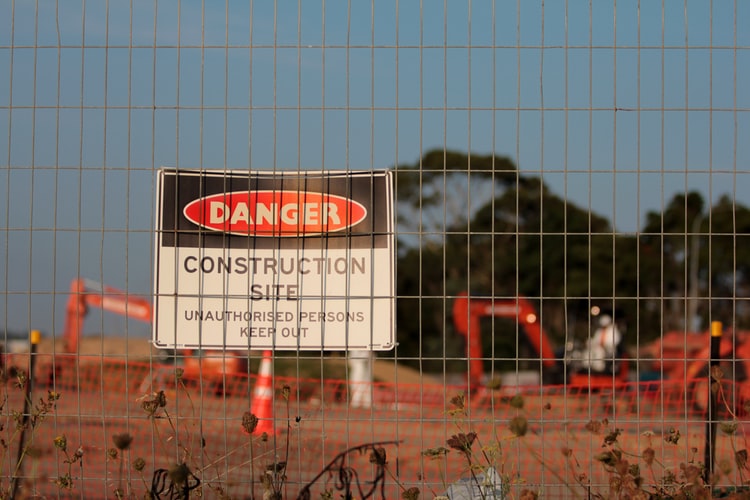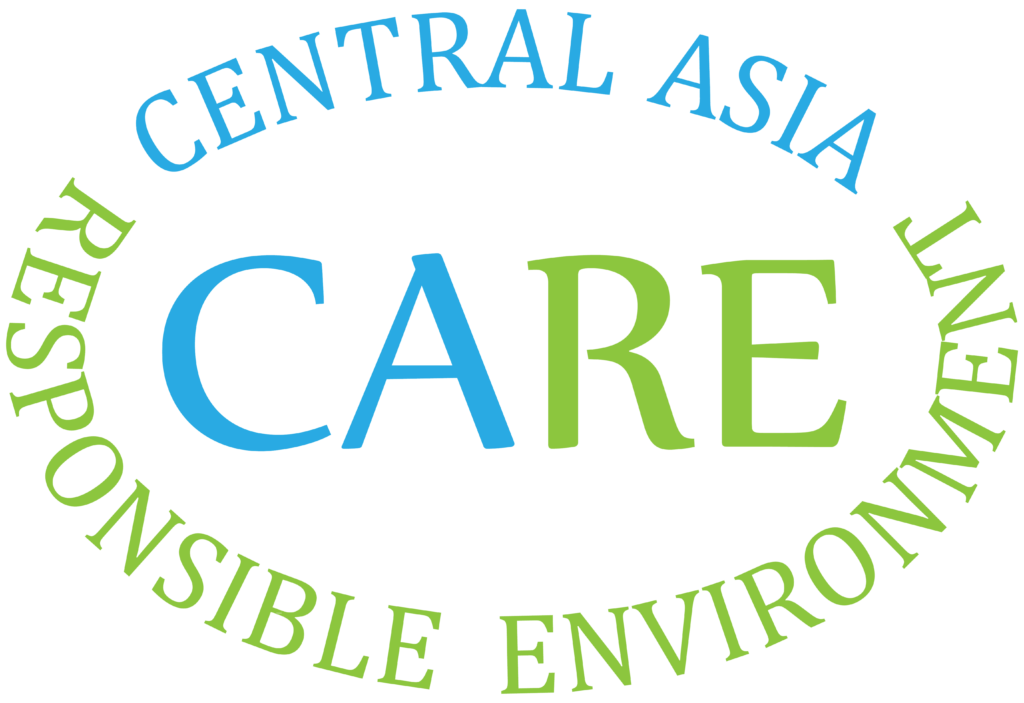
Health and Safety issues in the workplace: Uzbekistan
Failure to comply with health and safety rules at the workplace and not providing workers with special personal protective equipment (PPE) could lead to serious consequences, sometimes even to death.
Unfortunately, although it is the responsibility of owners of production sites and factories, they fail to provide Health and Safety (H&S) standards on a required level. Moreover, workers are not educated on health and safety procedures, in many cases, they do not even know how to use PPE or simply, they are not willing to use PPE. As a result, workers receive technical injuries and suffer from accidents in the workplace.
“9384 fires killed 88 people in Uzbekistan from January to October,†gazeta.uz reports. Of the fires, 9.5% were at the facilities of business entities and 1.3% were at government facilitiesâ€, so we can conclude that about 1013 fire cases occurred at a workplace and about 9 victims died as a result of these accidents. Unfortunately, there is no information about whether the victims were wearing PPE or not, but since the tragedy occurred, it can be assumed that not all safety rules were followed in those facilities.
In Uzbekistan, the number of news related to the H&S problem is growing day by day. Recent tragedies at PVC plant of Navoi Azot where 4 people were poisoned by unknown gas (this October), 7 employees who died from carbon monoxide poisoning during their work within the premises of the building of the Department of Internal Affairs No. 10 in the Jizzakh region (this November) show the importance of the efforts that should be made to prevent such incidents.
Do we need to wait for bigger and more disastrous tragedies to start demanding safe working conditions and responsibility from companies and organizations? Isn’t it better to learn from the mistakes of others and prevent such cases as a fire in 1911 in the United States at the Triangle Shirtwaist factory that claimed the lives of 146 workers, a fire at the Ali Enterprises factory in Pakistan in September 2012 that caused the death of approximately 300 people, a fire at the Tazreen Fashions factory in Bangladesh that killed over 100 people, a fire in a Chinese factory in June 2013 that took away lives of 120 people.
In many of these cases, the basic H&S rules at the workplaces were not provided – doors to the stairs were locked or could not hold the weight of workers who tried to break free, exits were blocked, workers worked in dangerous conditions and in unsanitary conditions, and there was no sprinkler system.
In this regard, it is necessary to develop guidance and standards on health and safety measures that would be suitable for each organization in Uzbekistan. Moreover, it is also equally important to raise workers’ awareness of H&S measures and make sure that not only employees but also the public starts demanding from employers to ensure compliance with these standards and norms.
